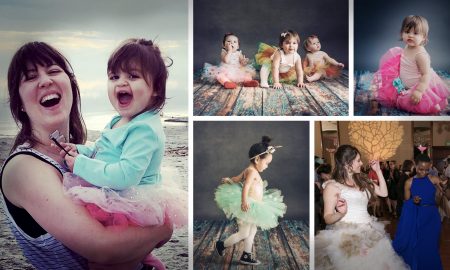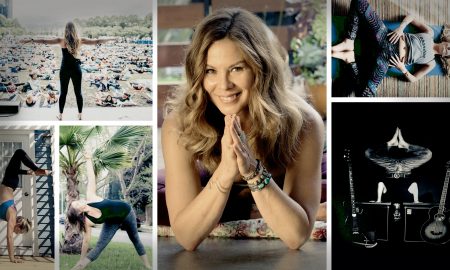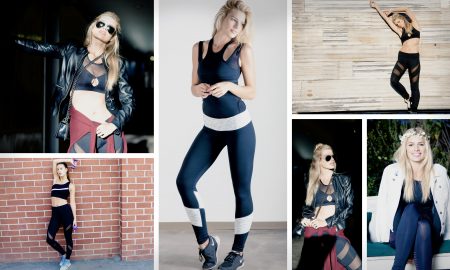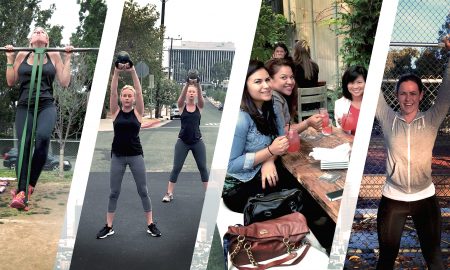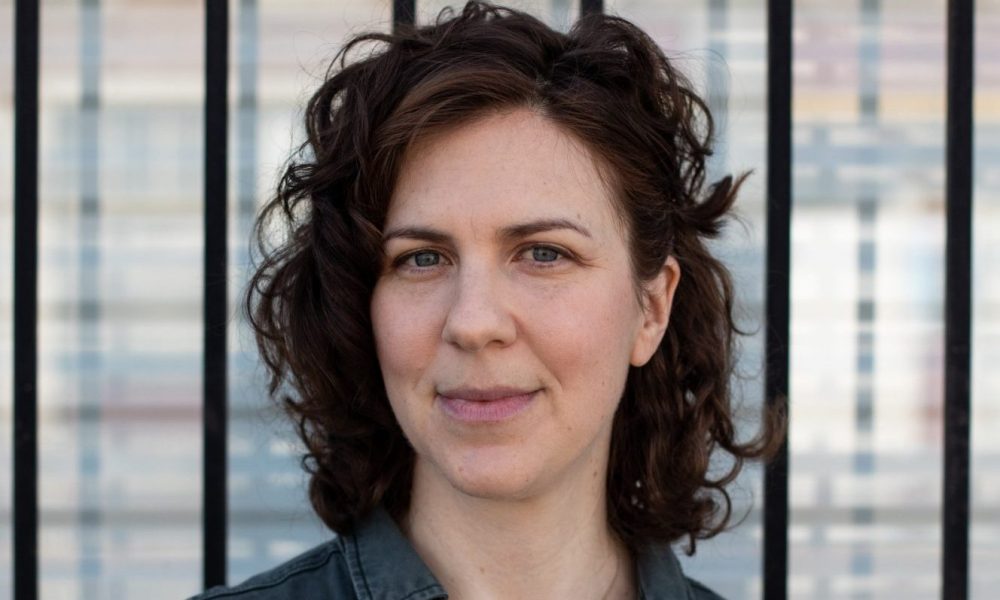

Today we’d like to introduce you to Elana Mann.
Hi Elana, it’s an honor to have you on the platform. Thanks for taking the time to share your story with us – to start maybe you can share some of your backstory with our readers?
I grew up in an observant Jewish household. Judaism is an oral, aural, and textual culture with no visual culture of its own. So, from a very young age, I was oriented to sound. The Jewish synagogue we were part of practiced a form of liberation theology which was Feminist and Humanist. I learned that the world around me can and should be changed towards greater equality and freedom. These early childhood experiences really shaped my evolution as an artist.
I always wanted to be an artist, but I didn’t really know anything about art until I started studying sculpture at Washington University in St. Louis. There I was taught to think about sculpture in an expansive way. I learned about the work of artists like Joseph Beuys, who attempted to “sculpt society,” Eleanor Antin, who made herself into a living sculpture, and Lygia Clark, who used sculpture as a tool for healing.
Outside of school, I was doing activism around mental and physical health issues that were affecting my immediate community. On the weekends I would serve as an escort for women at Planned Parenthood and in the evenings, I was leading educational workshops on eating disorders. I had a desire to meld these two parts of myself by incorporating art into my activism/community work and vice versa. My first experiment in this arena took place six months after September 11, when my friend Sasha and I created a participatory public memorial about the attacks.
I have been working this way ever since. Sometimes I blend my passions of art/activism/community organizing and sometimes they exist on parallel tracks.
Would you say it’s been a smooth road, and if not what are some of the biggest challenges you’ve faced along the way?
There have been some real challenges along the way, but I have also discovered a lot of inner resiliency and a powerful sense of community. One of the hardest experiences of my professional life occurred when I was in graduate student at CalArts. I was sexually harassed by one of my professors for my final year of school. At the time, I couldn’t even be honest with myself about what was going on. I never talked about it to anyone except mentioning it in passing to my best friend and roommate.
Ironically (or not), that year I produced a large-scale collective Feminist project with seven of my classmates. Even though I came from a Feminist Jewish community, even though I had been involved politically in various Feminist struggles, even though I was studying Feminist Art in school, I still allowed this abusive behavior to continue for an entire academic year without reporting it. Looking back on it, I understand why I kept silent: the sexism and misogyny of our culture is so deep inside me and around me. I knew then as I know now that speaking out has such negative consequences on survivors and at the time I wasn’t strong enough to confront what was happening.
Now, as an artist who has worked in the field for over fifteen years, I see my experience as part of broader issues in the arts and culture sphere around power, gender, race, class, and ability. I know of the real professional struggles of women, trans, BIPOC artists and artists with disabilities. I am lucky to be part of an incredibly supportive community of colleagues, curators, and cultural laborers who are all working for greater equity in the arts. We celebrate victories such as curatorial initiatives to diversify museum collections and galleries dedicated to presenting artists from underrepresented demographics. Together and as individuals we work towards making the “artworld” less sexist, classist, racist, transphobic and ableist.
As you know, we’re big fans of you and your work. For our readers who might not be as familiar what can you tell them about what you do?
I am trained in sculpture and approach the world with a sculptor’s mind, but I don’t make traditional sculptural objects. Instead, I work on the fringes between art/sound, art/activism and art/research. Being on the edges of various fields or ways of working means that I am always experimenting and that my artwork shifts from one project to another.
For over a decade I have been exploring the act of listening and the power of the collective voice. Listening and the human voice are ephemeral, but they are also very sculptural. Sound waves are physical vibrations in the air that we can feel throughout our whole body. In my early career, I was thinking a lot about the question: “What does listening look like?” – how do I make something that is invisible into visible form? Now my work is guided by the question: “What can listening do?” – how do I use listening to create transformational change?
Currently, I am working a collaborative performance called “Hope is a Hammer,” which will take place at Human Resources gallery in Los Angeles on Wednesday, January 4, 2022 at 7:30pm. For this piece, I am collaborating with composers Corey Fogel and Sharon Chohi Kim, writer Carol Ockman, and choreographer Stephanie Zaletel. We will be activating the nearly one hundred sonic sculptures I have been making for the past eight years with ten musicians. These sonic sculptures are both works of art and they make (or amplify) sounds. I have created sculptural megaphones, horns, and rattles. The performance explores the silencing of women’s voices, the struggle for body sovereignty, and ways to agitate for societal transformation. The performance is free and open to the public.
What were you like growing up?
I have always loved both art and music. My mom says that by the age of two I was walking around with a piece of paper and a pencil in my hand. I was a shy and introverted child and I was often alone. This solitary time trained my imagination and I became a keen observer of and listener to the world around me. One of my deepest sources of curiosity was how people acted. It was clear to me at an early age that different people communicated in very distinct ways. I didn’t know this at the time, but there are various members of my family who are neurodiverse. This intimate experience of neurodiversity led to my obsession with human communication and the act of listening — themes I explore in my work to this day.
I tried things like sports and girl scouts, but what I was most invested in were my creative pursuits at home. For example, in second grade I created a magazine for children called “Smile Magazine.” As a tween, I produced two books of comic strips about a brother and sister who never got along (based on my life). In my teenage years, I started an art club and would spend hours with my sketchbooks. My dad says that he thought I wasn’t getting enough stimulation at school because I was always so busy with my extracurricular projects. But these were my early artworks/experiments.
Along with art-making, music filled my life with meaning and comfort; it was one of the things that brought my family together. We would listen to a broad variety of sounds, from traditional Opera to Brazilian jazz, from African drumming to classic rock. When I was little, I would steal my father’s CD collection and listen to them on repeat. Music gave me a window into the outside world as well as my inner self. I am still a voracious listener and am always asking my friends “what are you listening to these days?”.
Contact Info:
- Website: elanamann.com
- Instagram: @elanamamma
- Facebook: Elana Mann
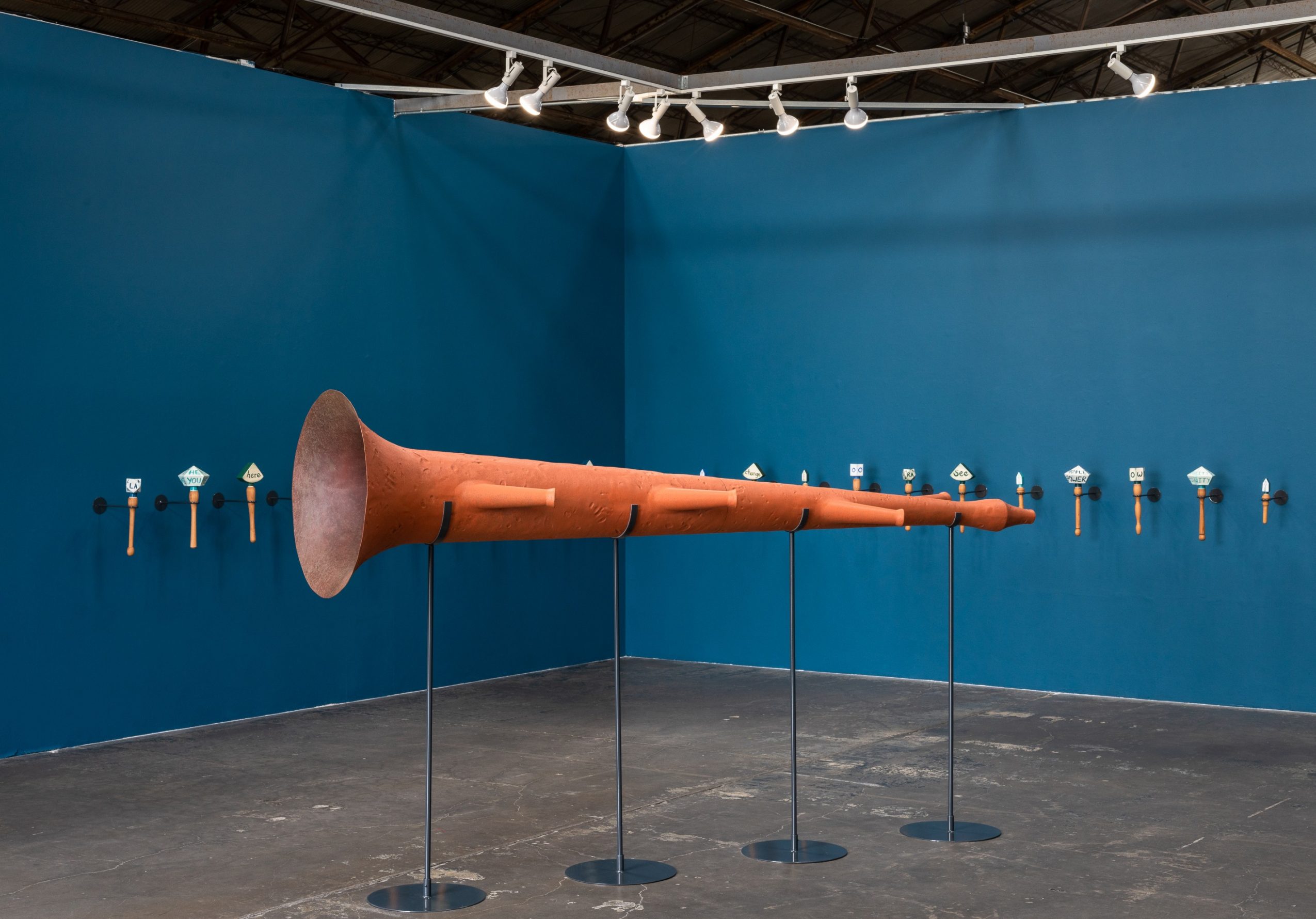
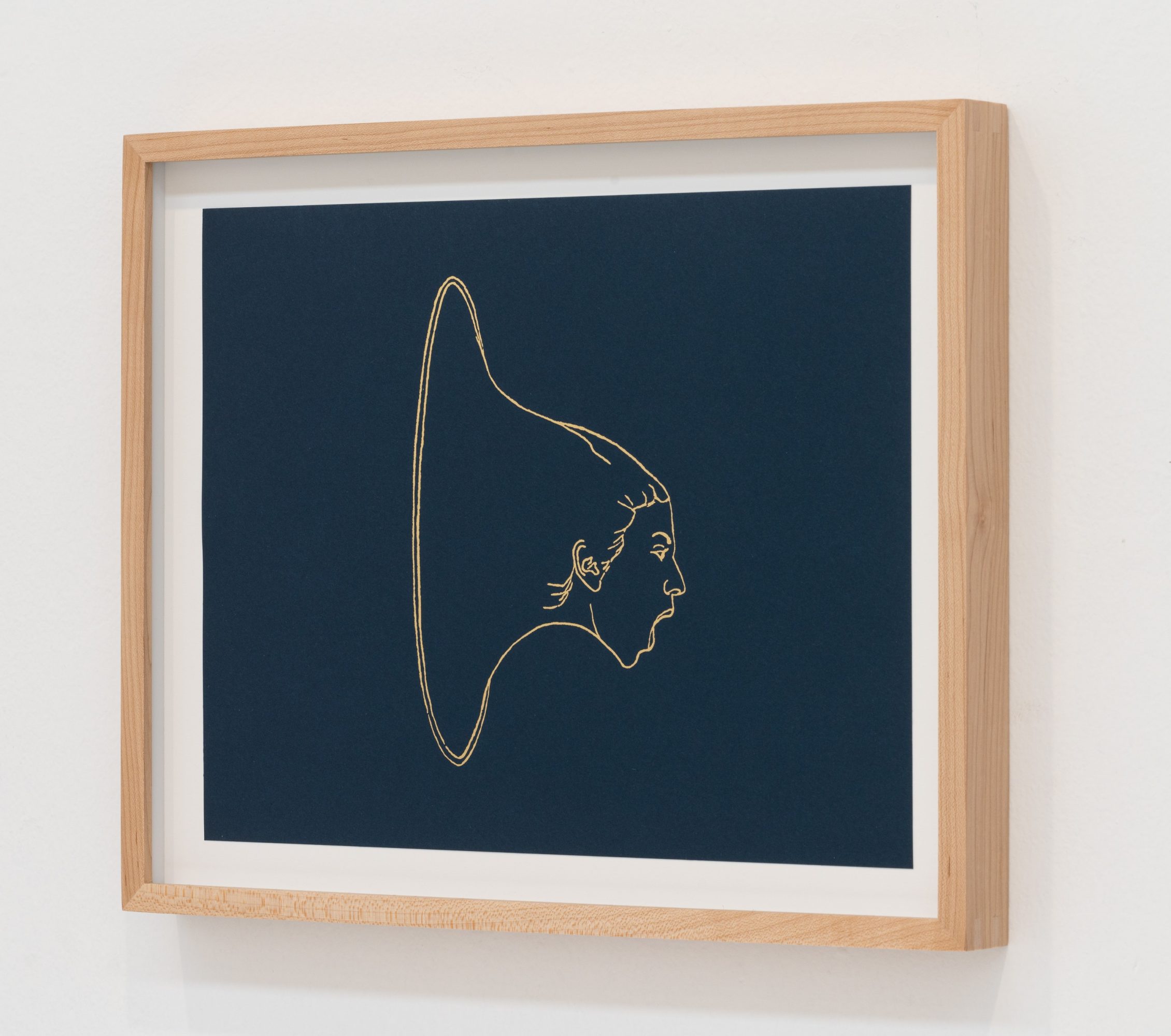
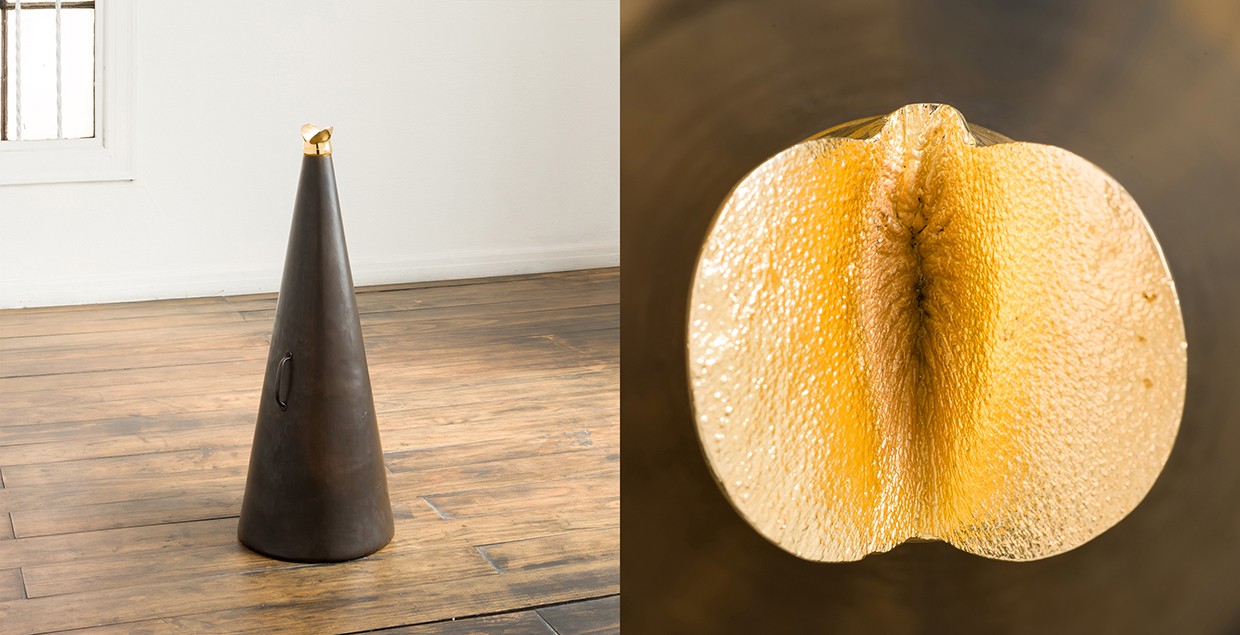
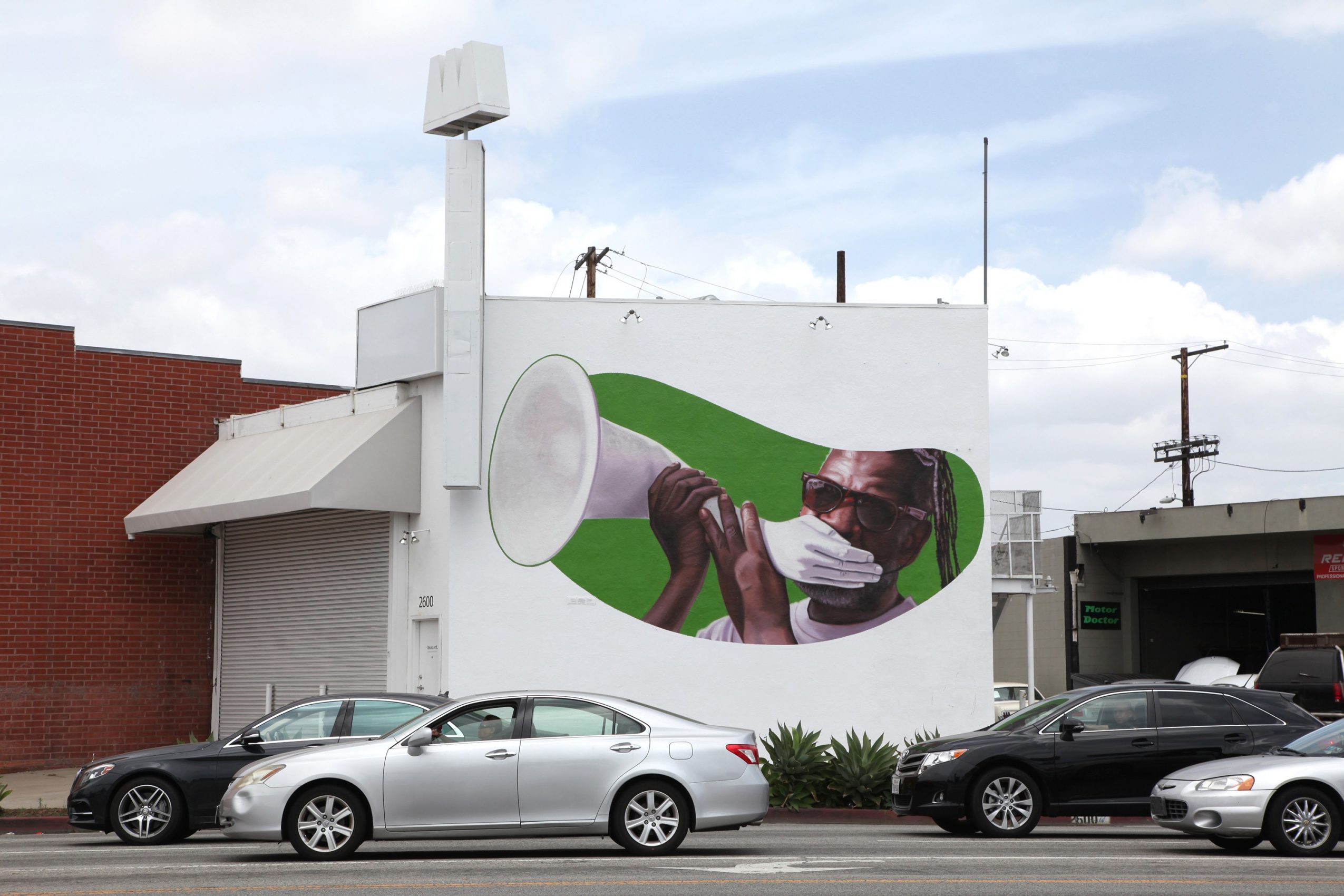
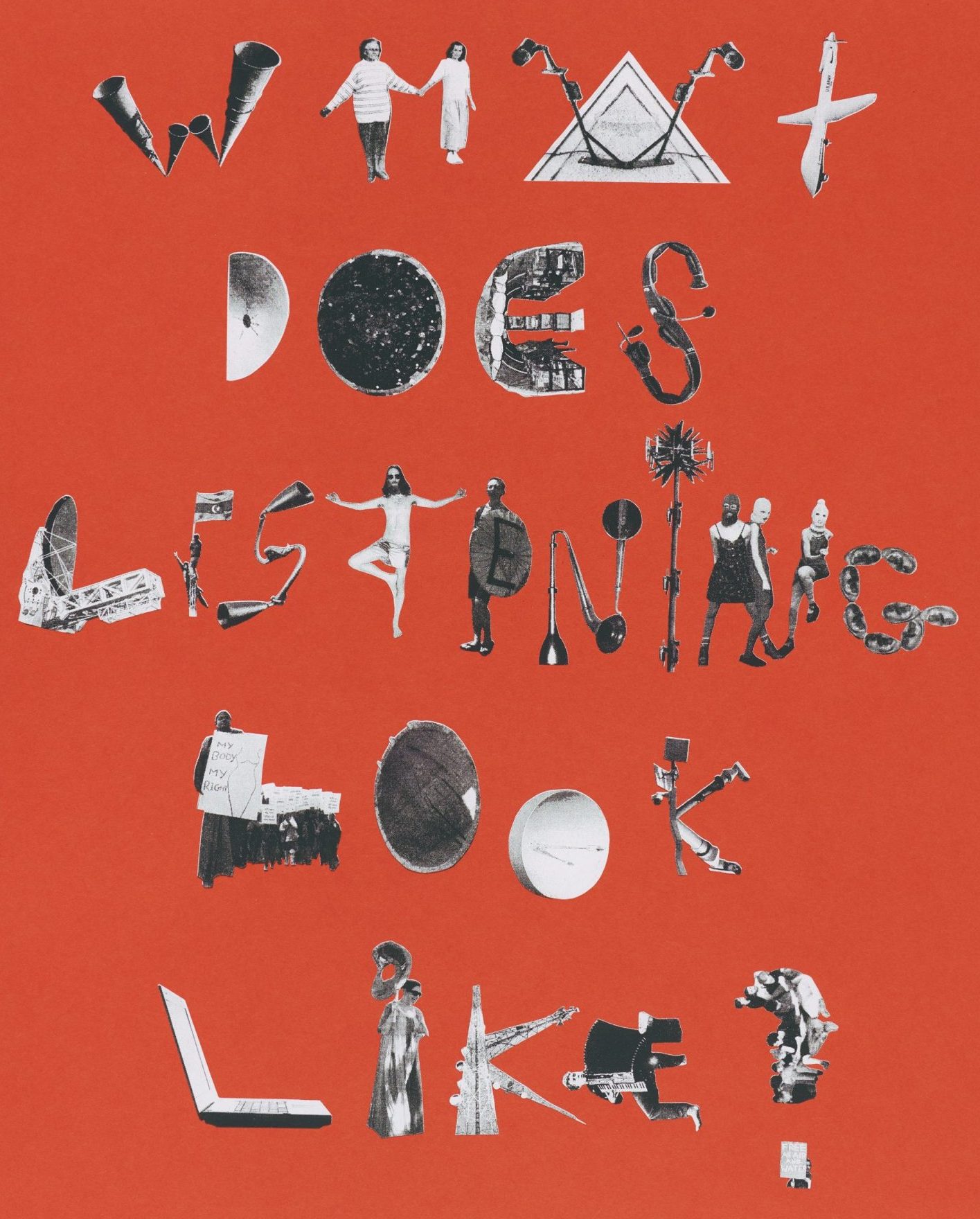
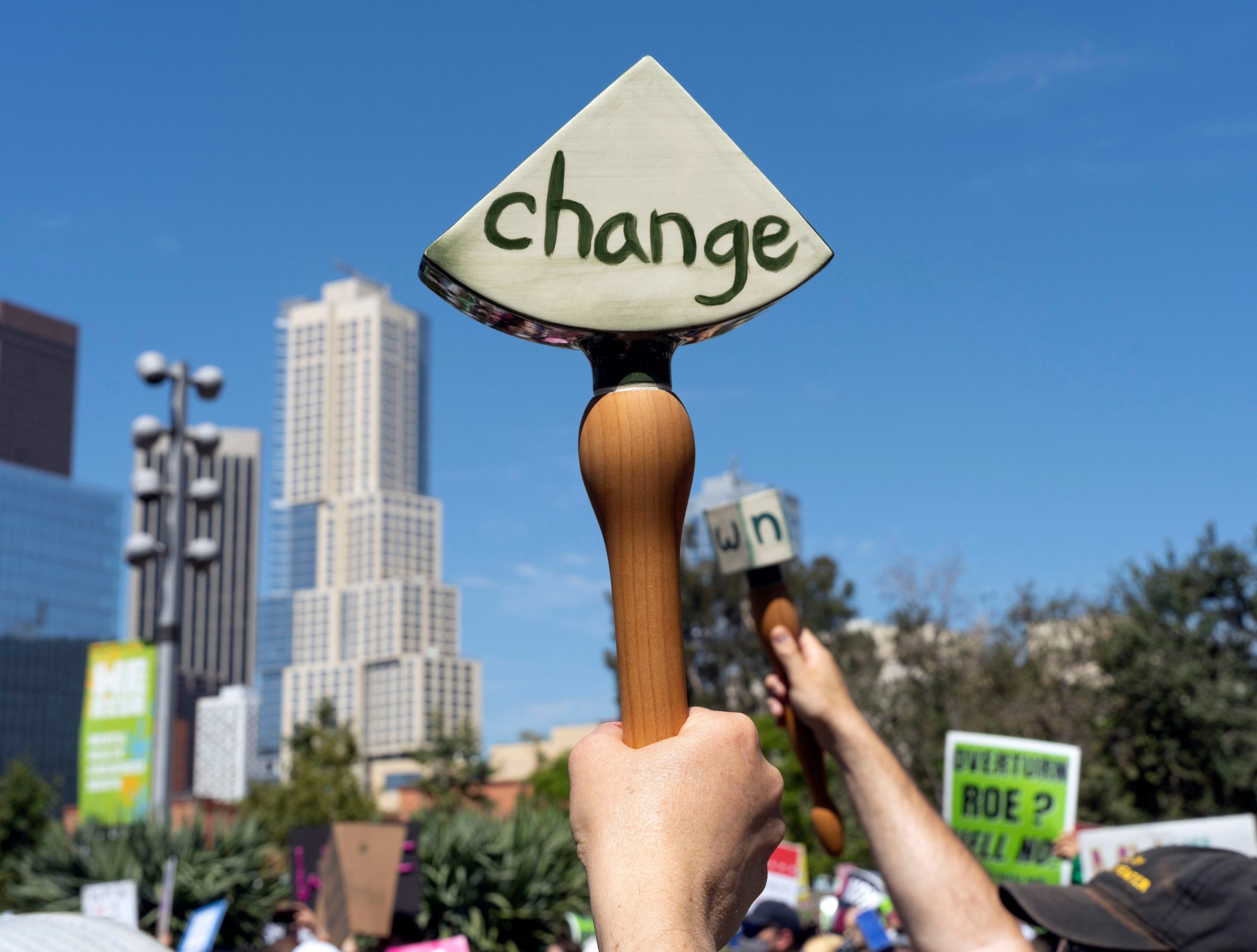
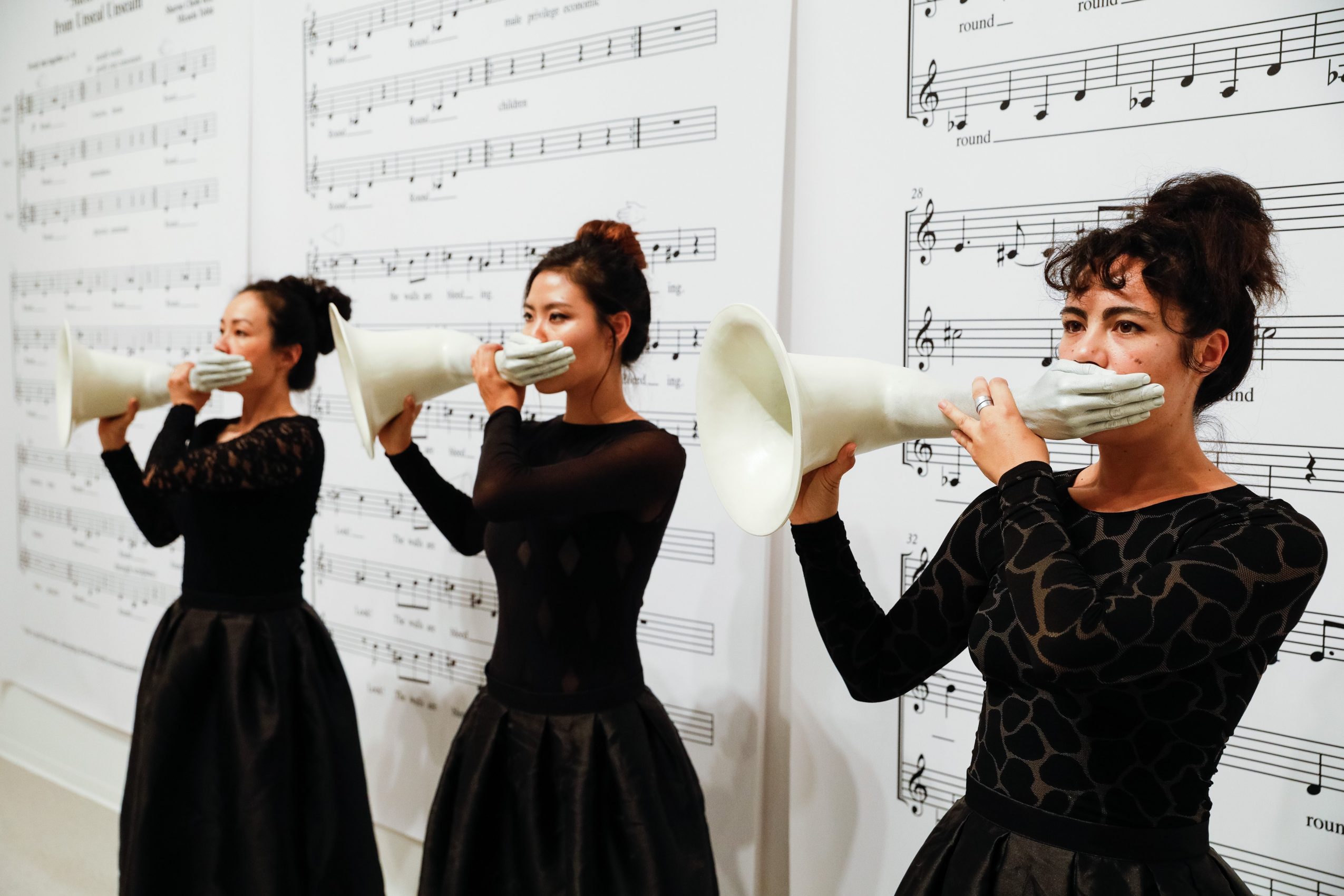
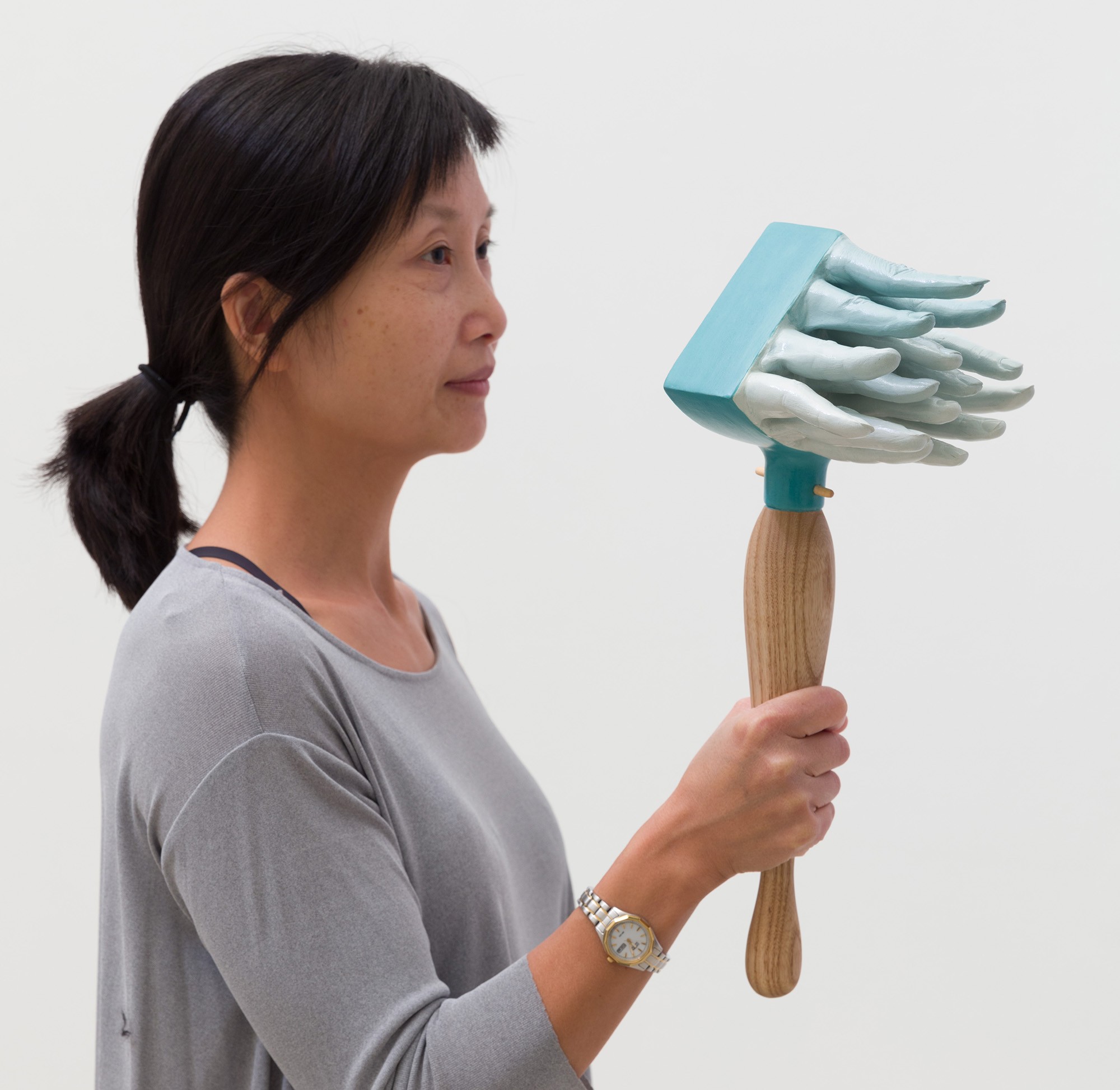 Image Credits
Image Credits
Our work is never done (unfinished business), 2020-21, fiberglass, paint, resin, 28” x 28” x 120″, originally commissioned and produced by Artpace San Antonio (photo credit: Elon Schoenholz)
Self-Portrait as Radical Empath, 2021, foil and ink on paper, 14” x 11” (photo credit: Elon Schoenholz)
The Donald Trump(et), 2016, bronze and 18K gold (photo credit: Ruben Diaz)
Talk Through the Hand, 2016, oil paint on the exterior wall of Baik Art gallery, Los Angeles, CA, 263” X 309. 5”
A List of the Sounds That Have Reverberated Through My Body, 2016, silk screen print on paper, 24¼ x 19½,” edition of 25, (Photo credit: Brica Wilcox)
Shake, Rattle, Roll, 2022, thirty rattles and performers/activists, May 14, 2022, performance during the Bans Off Our Bodies Rally at Los Angeles City Hall (photo credit: Monica Orozco)
Unseal, Unseam, “Unseal, Unseem,” (2017) composition and sound design by Sharon Chohi Kim and Micaela Tobin with sculptures by Elana Mann, performed on September 29, 2018, Pitzer College Art Galleries, Claremont, CA (photo credit: Michael Underwood)
#metoo-rattle-battle (F.U.J.M+S.S.), from the blame-game rattle series, 2018, ceramic, wood, glass, 6″ x 9″ x 16″ (photo credit: Michael Underwood)


